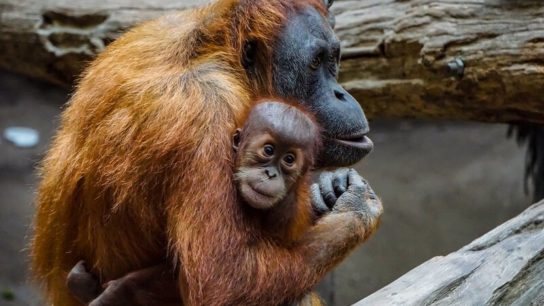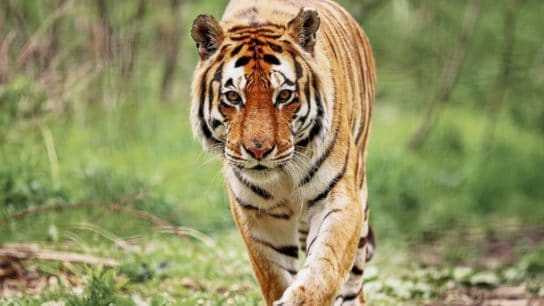The International Union for the Conservation of Nature (IUCN), which compiles a regularly updated record of threatened species, has upgraded the outlook for European bison from “vulnerable” to “near threatened,” following extensive conservation efforts and breeding programmes. However, 31 other species have been newly listed as “extinct” by the IUCN, including frogs, several plants and a bat.
—
What is Happening?
- The IUCN Red List of species at risk is the most authoritative assessment of animal and plant species that are vulnerable, threatened or close to extinction.
- By 2003, there were 1 800 European bison in the wild, which had increased to 6 200 by last year in 47 free-ranging herds in Poland, Belarus and Russia. A small release of bison is now being planned for the UK in 2022, which could be the first time the species has been set in the wild in the country for 6 000 years. However, experts warn that more action needs to be done to foster genetic diversity, as the current populations are isolated from one another and only eight of the herds are big enough to be genetically viable in the long term.
- The species that have been newly classified as extinct by the IUCN include three frogs in central America: the Chiriqui harlequin frog, which has not been seen since 1996, the wizened harlequin frog, not seen since 1986 and the craugostor myllomyllon, which has no common name and is known only from a single female specimen collected in 1978, as well as the Lord Howe long-eared bat.
- Also extinct is a shark that was first formally described last year, the Carcharhinus obseltus, that lived in the South China Sea and was last recorded in 1934. Its habitat is one of the most overfished in the world.
- Finally, of the 17 freshwater fish species endemic to Lake Lanao in the Philippines, 15 are now classed as extinct and two as possibly extinct. These extinctions were caused by the introduction of invasive species that prey on the native fish, as well as overfishing in the lake and its outlet, and destructive fishing methods.
- The IUCN update showed continued losses of species in vital ecosystems around the world. Freshwater dolphins are now threatened with extinction all over the world, with harmful fishing practices, pollution, river damming and deliberate killing further threatening the species. Another dolphin, the tucuxi, a small grey dolphin found in the Amazon, has become a casualty of the increasing use of gill nets in the river system, which are curtains of fishing nets that hang in the water and entangle the dolphins alongside the target fish.
- Plants are also coming under increasing threat, and the IUCN placed an emphasis on the wild progenitor of the farmed macadamia nut, as three wild macadamia species are now threatened with extinction. The discovery comes from a comprehensive assessment of the Protea family of flowering plants of the southern hemisphere, to which macadamia belongs, that found at least 637 of the 1 464 known Protea species were vulnerable or endangered.
The IUCN researchers partly blame climate change for the loss of these plant species, as many of these plants are restricted in their range and shifts in natural fire cycles have affected them significantly, along with invasive species competing for space and a loss of habitat to farming.
You might also like: UK Government Launches Plan to Preserve Honey Bee Populations
The IUCN has now assessed almost 130 000 species of plants and animals, of which more than a quarter are threatened with extinction.

















